"Wow, I really suck."
By emkeighcameron 31 Comments
I don't particularly like Ben Stiller.
Which places me in an awkward position, because I adore several of his movies ( Dodgeball, Tropic Thunder, Meet the Parents, etc.). To me, he's not really the draw in those movies; more frequently, he's the straight man, and others around him are the comedic elements. But regardless, Ben Stiller IRL once said something that I thought was very poignant:
"Wow, I really suck."
We've all probably said that at several points throughout our lives, both privately and publicly. But personally, I always think of Ben Stiller when I have occasion to utter that 4-word phrase. It is sheer humility, in its lowest, lamest form, and that makes it all the more meaningful.
Now, as long-time followers might know, I have a tendency to ramble on about the sciences in my blogs, and in keeping with tradition, I present the following:
Engineers you should know about
Too much of modern engineering stresses what lies ahead and what must be done. That has its place, to be sure, but we have no history. We have no training in the legacy of our predecessors. In my own way, I will try to correct this by showing you some of the coolest, most bad-ass engineers mankind has ever produced.
ELIJAH MCCOY
Working out of his home, he devised an invention known as the "lubricator cup". In simple terms, this invention utilized back steam pressure to allow railroads to be continuously lubricated during transit. This had MASSIVE implications in the railroad-burgeoning American market. It allowed faster travel times, more efficient operation, and it found its way into factories and trans-oceanic steam ships, as well. McCoy went on to create over 50 more inventions throughout his life, but he will always be best known for this one.
Also, tell me that isn't a bad-ass name. Elijah McCoy. You don't fuck with a man with a name like that.

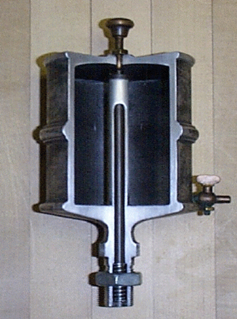
JOHN PHILIP HOLLAND
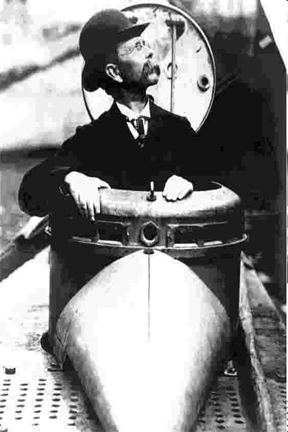
John Philip Holland invented goddamn submarines. After years and years of grueling (and insanely fucking dangerous) testing and labor, he finally created the Holland VI design, in 1898. The Holland VI was the first submarine model adopted by the U.S. Navy for use in combat.
Some features of the Holland VI included:
- A dual propulsion mechanism (steam engine for surface travel, electric engine for submerged travel)
- Variable ballast systems (as opposed to just a huge weight attached to the outer hull)
- Weapons systems (an upward facing torpedo)
- Center of gravity (a series of internal structures designed to maintain submarine balance underwater)
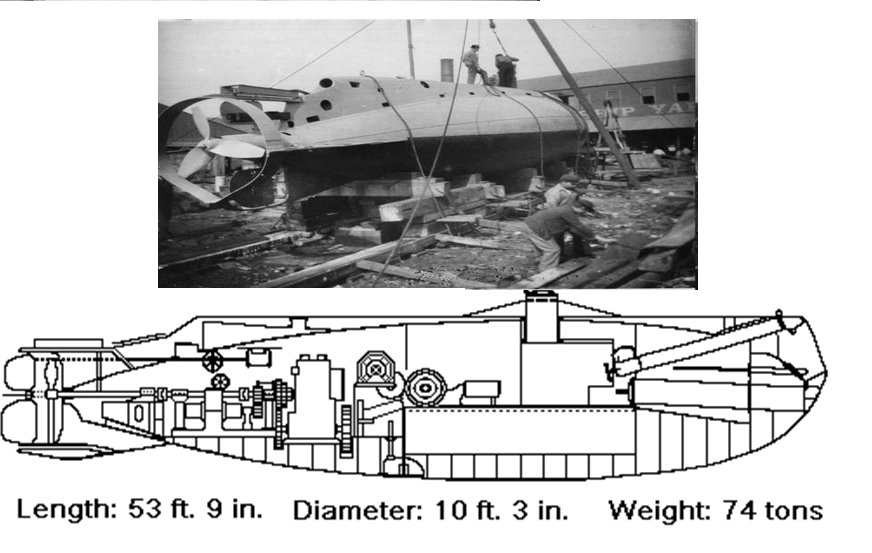
Keep in mind the TIME FRAME we're dealing with here. This is 1898! World War 1 hasn't even happened yet! How the hell did this guy make a functioning submarine with all those features, in 1898?! It's incredible, to me, at least.
This is actually kind of a sad story, because Holland got roped up in a lot of red tape issues (this IS the U.S. military we're dealing with). Amazingly, he went on to aircraft design, of all things, since fluid mechanics and air mechanics aren't really all that different. Many historians believe that Holland would have beaten the Wright Brothers in creating the first airplane, if he had only had the money. His designs most likely would have worked, but he ran out of investment capital before he could finish.
HEDY LAMAR

So let's get two things out of the way immediately:
1) I am aware of, and have personally made, all the "head" jokes you can possibly concoct.
2) It's not the goddamn headcrab. The headcrab is named AFTER her.
Hedy Lamar was a very successful Hollywood actress for MGM from the 1930's to the 1950's. She was born to Jewish parents in Vienna, Austria-Hungary. Look at the time period we're dealing with. How do you think the Jews were faring right about then?
Well, suffice it to say that the beautiful Ms. Lamar didn't take the Holocaust lying down. She, along with the bizarre composer Mr. George Antheil, devised the "frequency hopping-spread spectrum" in 1942, at the height of World War II. Unfortunately, the invention was so far ahead of its time that it was not adopted until the 1960's, but it was still an incredible triumph of science and engineering.
The FHSS was a device which made radio-controlled torpedoes significantly harder to avoid. It allowed the controller of the torpedoes to switch (or "hop") frequencies as the torpedo was being directed, which meant that the defender had a MUCH harder time trying to detect and/or jam frequencies as the torpedo closed in on him. It was a relatively simple, but brilliant invention, which eventually made its way into spread-spectrum communication technology, such as COFDM and CDMA.

ISEMBARD KINGDOM BRUNEL
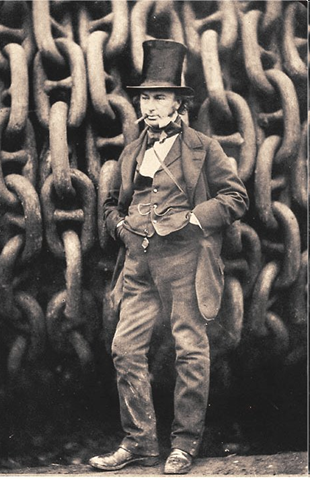
There never has been, and there never will be, any engineer greater than Isembard Kingdom Brunel.
This guy was a cosmic phenomenon. He's my personal hero. He did more than you would ever believe. He was a crotchety, misanthropic old bastard, who lived to build big-ass stuff and hated everybody else. He was the right man, at the right time, and good God, did he accomplish a lot.
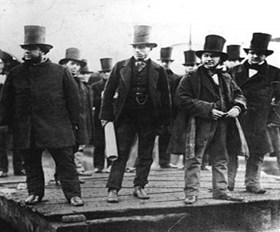
So how about some back story? Mr. Brunel was a British construction engineer (nowadays we'd probably call him a civil engineer, but.....not entirely). Among many, many other accomplishments, Mr. Brunel is best known for:
- Building the Great Western Railway in England
- Building the first propeller-driven trans-Atlantic steamship (also, the largest ship ever built at the time)
- Building the first tunnel under a river (pioneered using a method that we still use today, the "tunneling shield")
- Building the first trans-oceanic telegraph system
- Building the Clifton Suspension Bridge in Bristol, the largest suspension bridge (700 feet long, 200 feet above the bed) ever devised at the time
- Setting the standards still used today for surveying, especially for railroad construction
- Proposing an extension of the English railways TO AMERICA via steam-powered iron-clad ships
- Surviving three cave-ins that killed most (and once, ALL) of his construction crew
- Smoking 40 cigars a day
- Sleeping 5 hours a night
- Generally kicking ass and building shit that's still around and working fine to this very day

And now to wrap things up
"Wow, I really suck." I'm of the opinion that life is about asking yourself questions. Questions, which don't necessarily have answers. "Do I suck?" is one such question. I think that personally, I can't live up to the achievements of these individuals. At least, not in the near future. And now without a good bit of luck. Does that mean I suck? Or is it all situational? Were they just luckier than me, in time or placement, in knowledge or ability?
Regardless, I think we grow by simply thinking about these questions. It's good to reflect on what's been done by others. It's good to see, and think, about the achievements of great men and women that came before us.
That enough philosophical rambling for now, wouldn't you say?



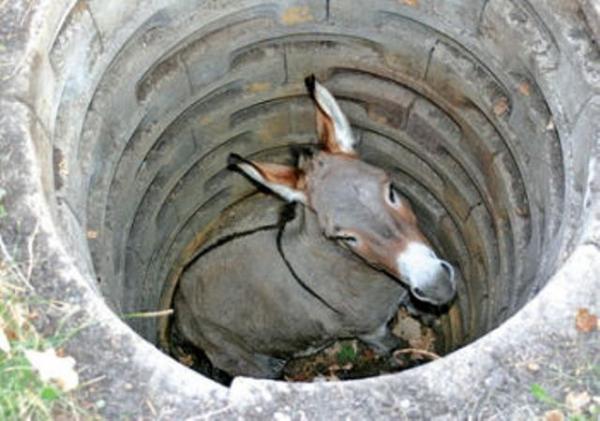


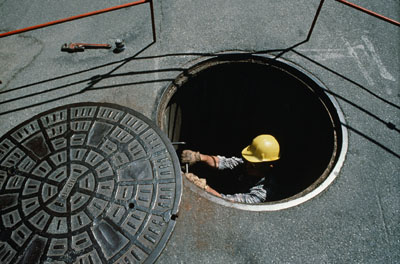

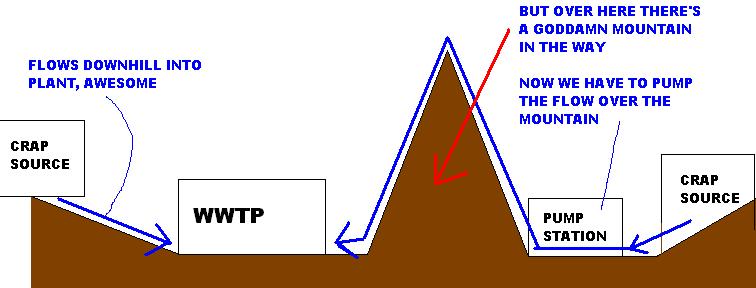
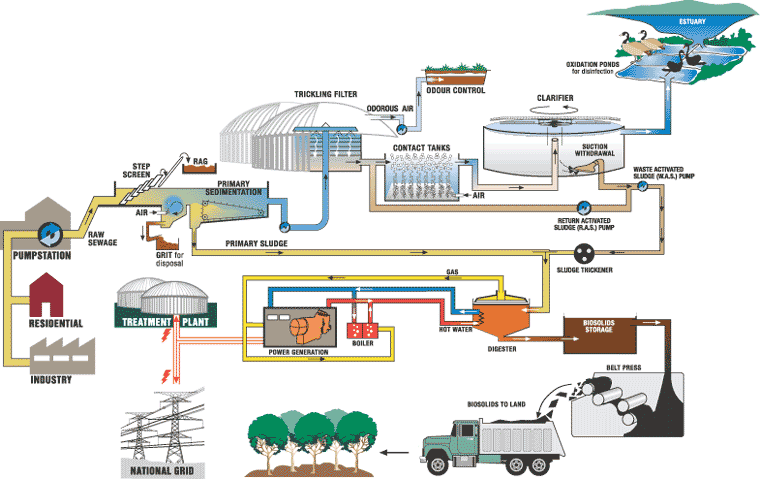
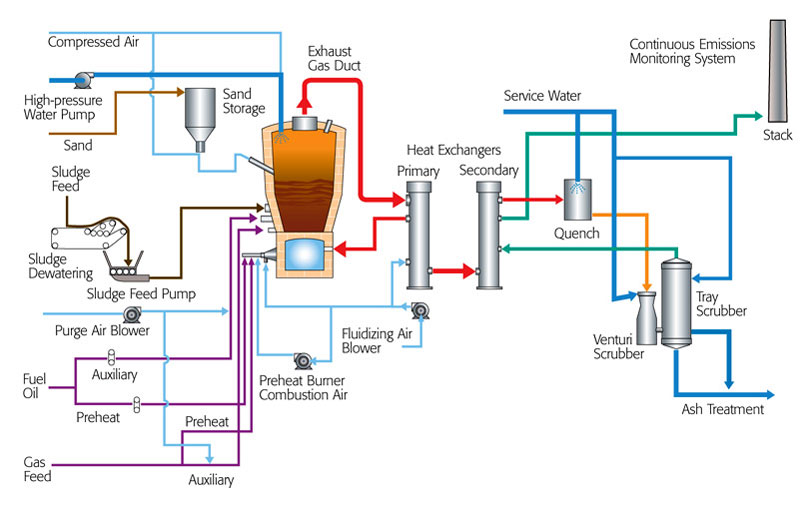
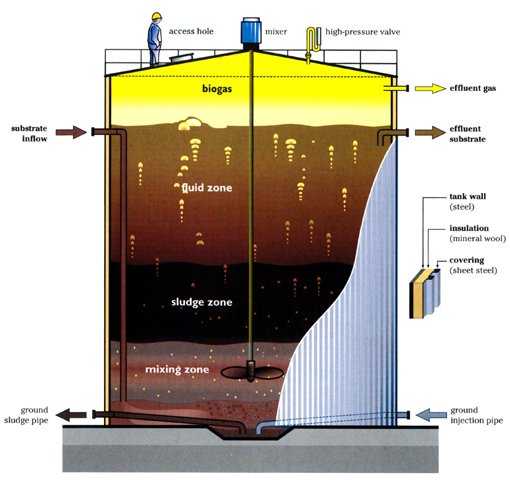
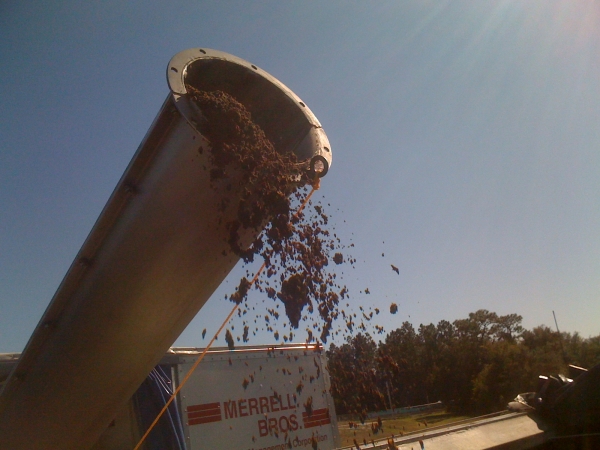
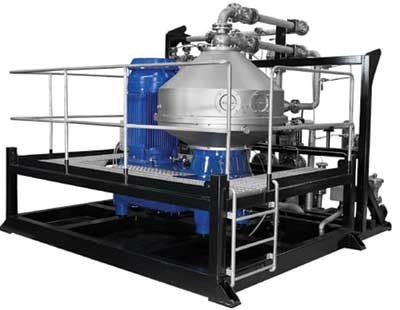

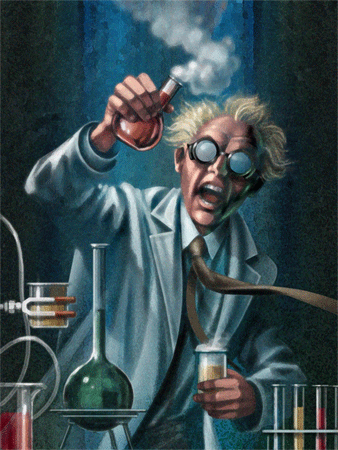
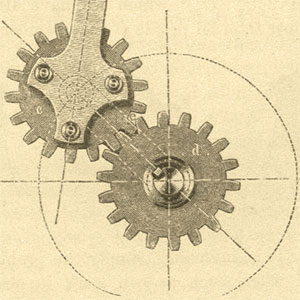
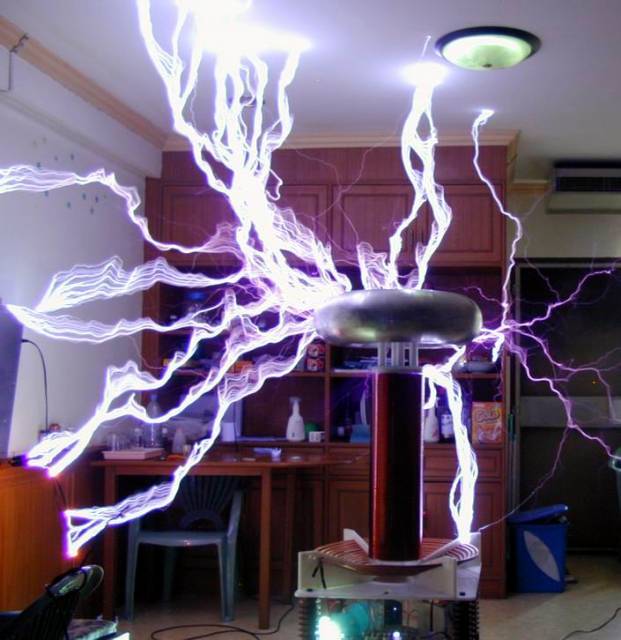

Log in to comment